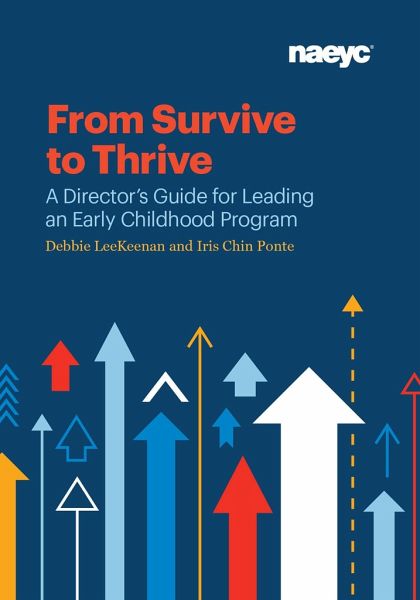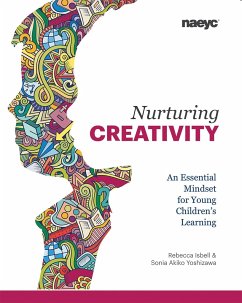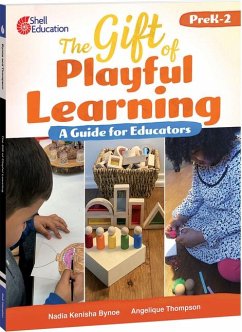From Survive to Thrive
A Director's Guide for Leading an Early Childhood Program
Versandkostenfrei!
Versandfertig in über 4 Wochen
Weitere Ausgaben:

PAYBACK Punkte
13 °P sammeln!




Theory meets practical tips in this guide for leaders of early childhood programs
Debbie LeeKeenan is an early childhood consultant, lecturer, and author. She was director and lecturer at the Eliot-Pearson Children's School, the laboratory school affiliated with the Eliot-Pearson Department of Child Study and Human Development at Tufts University in Medford, MA, from 1996 to 2013. She has also held academic teaching positions at Lesley University in Cambridge, MA, and the University of Massachusetts Amherst. Her work has been published in numerous journals and books, including Young Children, Theory Into Practice, and the first edition of The Hundred Languages of Children: The Reggio Emilia Approach to Early Childhood Education. Her most recent book, coauthored with Louise Derman-Sparks and John Nimmo, is Leading Anti-Bias Early Childhood Programs: A Guide for Change. Debbie holds a master's degree in education from the University of New Mexico. Her areas of expertise include anti-bias education, early childhood education, teacher preparation, inclusive special education, curriculum development, teacher inquiry, family engagement, leadership development, professional learning communities, and public school partnerships. Debbie has received a number of awards for her outstanding commitment to young children and the early childhood profession, record of distinguished professional achievement, and work in diversity, including the Tufts University Arts and Sciences Faculty/Staff Multicultural Service Award in 2003; the Tufts Bridge Builder Distinction Award in 2009; and the Abigail Eliot Award in 2015.
Produktdetails
- Verlag: National Association for the Education of Young Children
- Seitenzahl: 176
- Erscheinungstermin: 31. Juli 2018
- Englisch
- Abmessung: 251mm x 175mm x 10mm
- Gewicht: 454g
- ISBN-13: 9781938113369
- ISBN-10: 1938113365
- Artikelnr.: 53346838
Herstellerkennzeichnung
Libri GmbH
Europaallee 1
36244 Bad Hersfeld
gpsr@libri.de
Für dieses Produkt wurde noch keine Bewertung abgegeben. Wir würden uns sehr freuen, wenn du die erste Bewertung schreibst!
Eine Bewertung schreiben
Eine Bewertung schreiben
Andere Kunden interessierten sich für














